Our earlier post mentioned that Kerala has the highest literacy rates in India at 94%. Related, the state has the highest media exposure in India (the highest percentage of people exposed to the media) and Kerala’s newspapers are published in nine different languages.
The importance of literacy to economic and human development is well documented, for example here by the Canadians, and here, more broadly. Katherine Boo, in her brilliant book Behind the Beautiful Forevers, writes, “as every slumdweller knows, there were three main ways out of poverty: Finding an entrepreneurial niche; … politics and corruption; … and education”.
READING TOUR
From our very first day in Kerala we noticed reading spots. These are public spaces where anyone can go and read the paper. The Golden Cascade Reading Room pictured below was around the corner from the guest house where we stayed in Fort Kochi. This kind of reading room seems to be ubiquitous here.
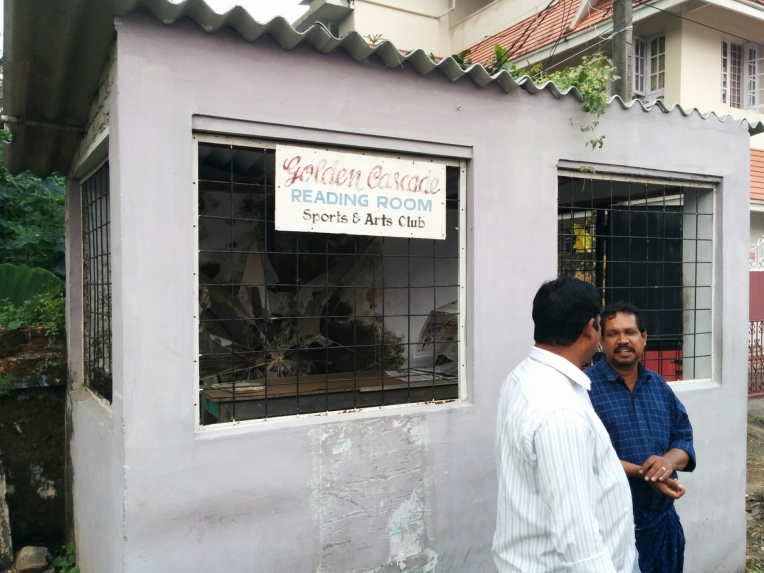
We took a trip to the Ernakulam public library. Sure enough, at the entrance is a reading room.
The Ernakulam library is the first public library in Kerala. It was founded in 1870 and carries 20 newspapers, 300 periodicals and over 200,000 books, in six languages.
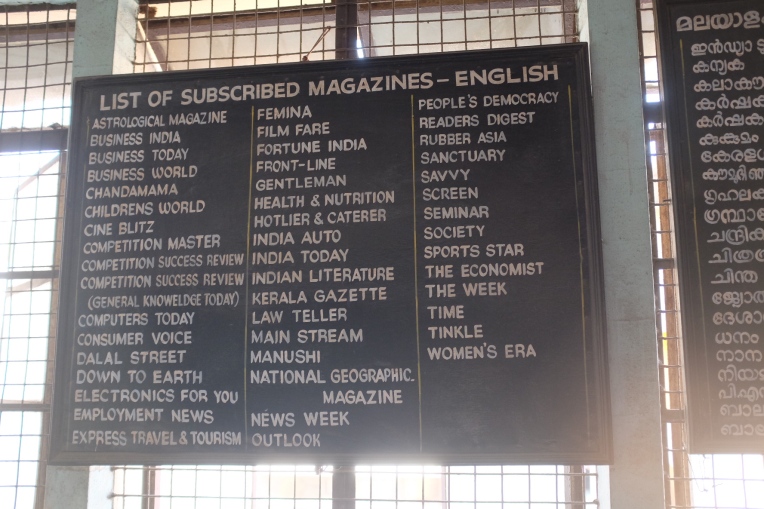
The library brings together the old and the new. Patrons get a quick review of the Dewey Decimal system.
The Romance of Modern Manufacture, pictured below, is available in its original 1911 edition. Similarly, Taussig’s original Principles of Economics dates back to 1928. The old books are covered in dust; my fingers were black after handling them.
There was a lot for the girls too.
The library operates on a membership basis. Each of the library’s 10,000 members get a Reader’s Ticket (see below) and each pay a monthly membership fee of 30 Rupees (CAD 0.60).
The reader’s tickets sit incongruously beside the computer terminal at the checkout desk.
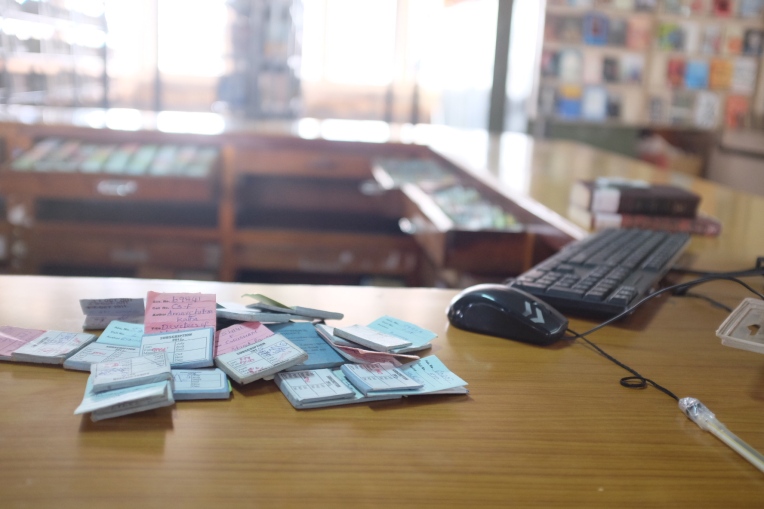
And then are manually organized in the office:
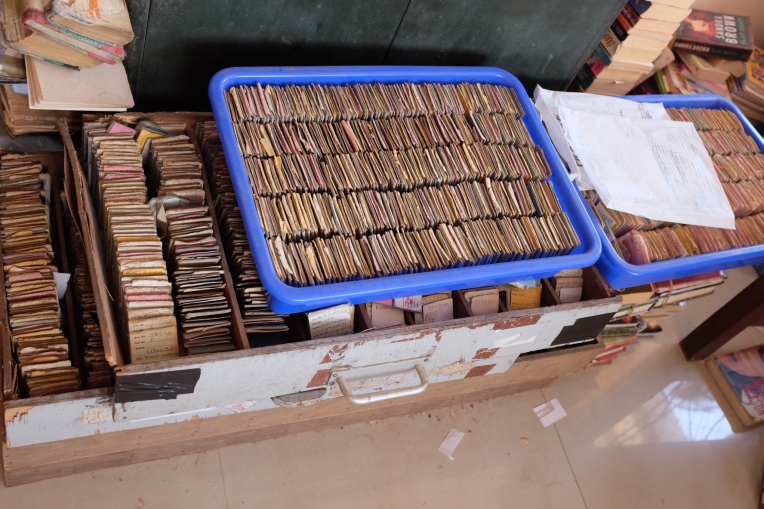
The membership fees, along with state government subsidies, donations and income derived from renting out rooms pay the library’s operating expenses. New books arrive daily, brought in from booksellers around the city in suitcases and boxes. Here is a shot of some new arrivals in the cardboard boxes:
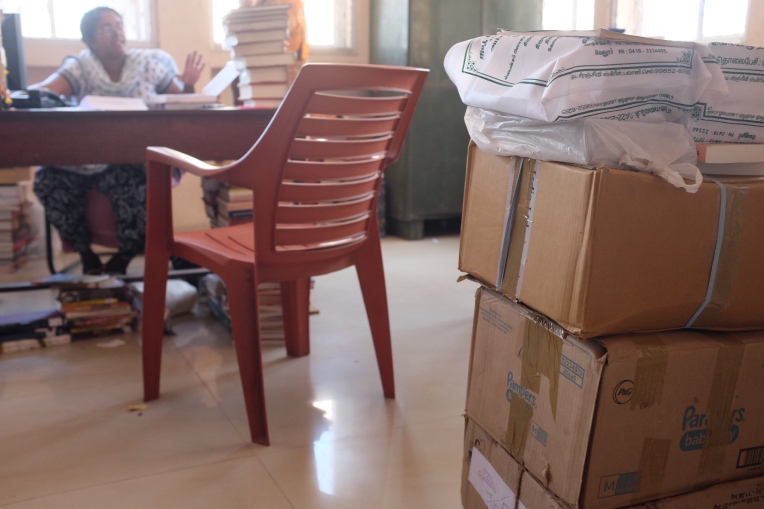
A committee, made up of library staff and members, decide what books to acquire. The process is overseen by the Senior Librarian, pictured below. He very patiently answered all my questions (even the ridiculous ones) and introduced me to his colleagues.
LANGUAGE TOUR
Language is important to us. We use it to establish human connections; it’s necessary for the admin of life; and we need it to acquire the stuff we need at a reasonable price. In Cambodia we were stymied by both language and alphabet; we couldn’t talk to most people nor could we read the signs. It was a considerable relief to get to Vietnam, where we could at least read the signs. Ha Noi. Ca Phe. Ok.
We’ve learned basic greetings and pleasantries along our journey. We were daunted by tonal language: in Vietnamese there are multiple meanings for what sounds to us like the same word. “Bo” for instance, can mean husband, lover or beef.
According to the People’s Linguistic Survey of India, Indians speak in 780 different languages. At the national level, Hindi and English are official tongues. The Constitution lists 22 other languages referred to as scheduled languages that benefit from official recognition and status.
Linguistically, it’s easier for us here as English is spoken so widely. English language literature from the subcontinent is among the very best, and we feel like kids in a candy store during our visits to bookstores.
But India’s polyglot nature is always present. Our neighbor, whom we meet regularly at the pool, has a 13 month old son who is exposed to 5 languages on a daily basis. His parents speak to each other in English. A nanny speaks Malayalam. Another speaks Tamil. The father speaks his local language to his son, as does the mother. Both of the latter languages are oral only; Malayalam’s alphabet has 56 (fifty-six!) letters.
All of this brings this family’s linguistic profile to mind. Our family is 75% Danish and (despite the best efforts of the remaining 25%) 75% Danish speaking. It was with some pleasure, then, that we learned this week that Danish is the 9th most difficult language in the world to learn. This helps explain why my Danish remains persistently at the sub-Tarzan level, or why I have such difficulty credibly pronouncing rød grød med fløde.
But our young multilingual prodigy neighbor takes it all in stride as he swims in the pool with his dad.

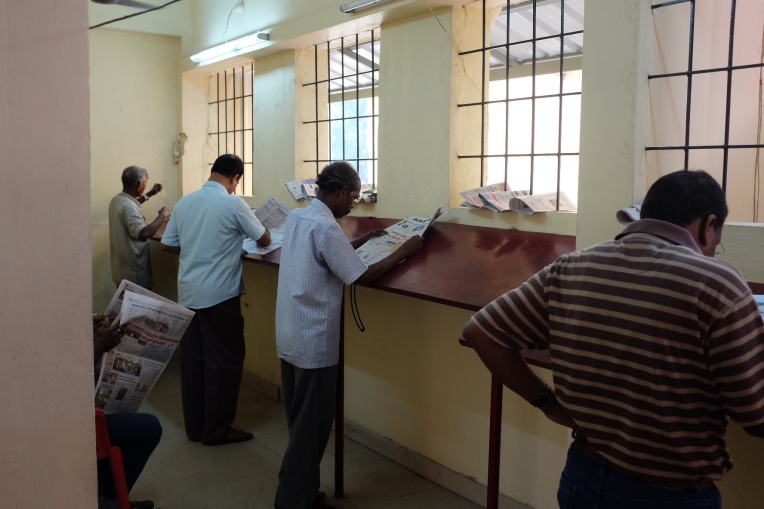
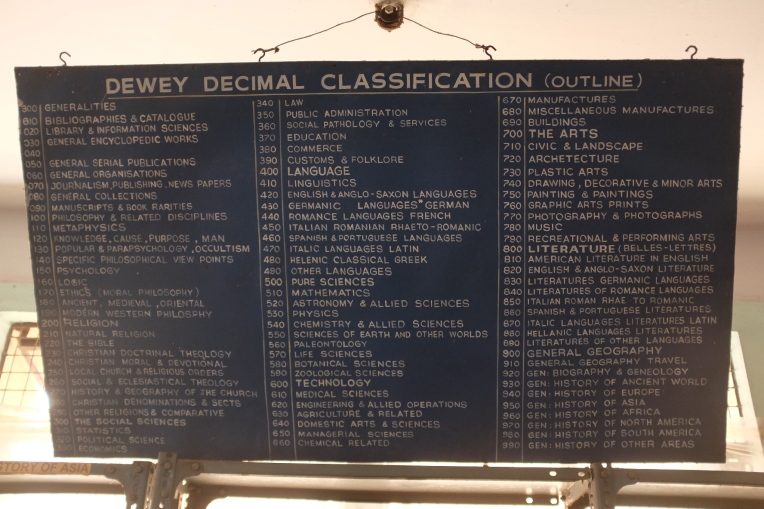
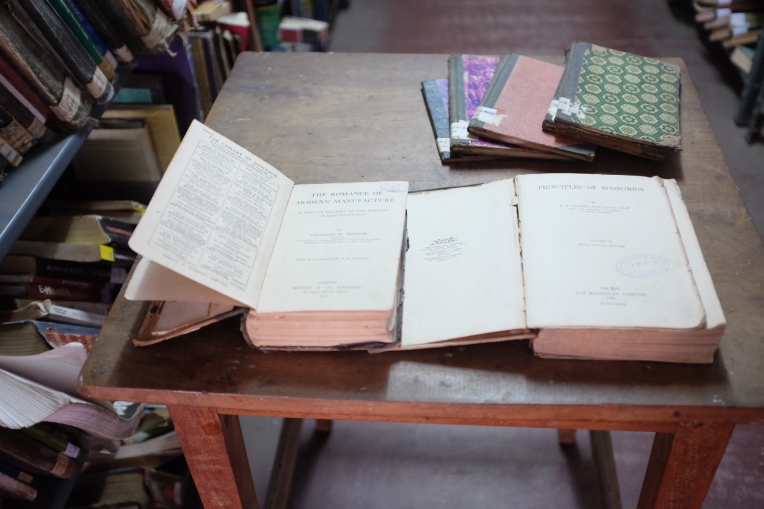
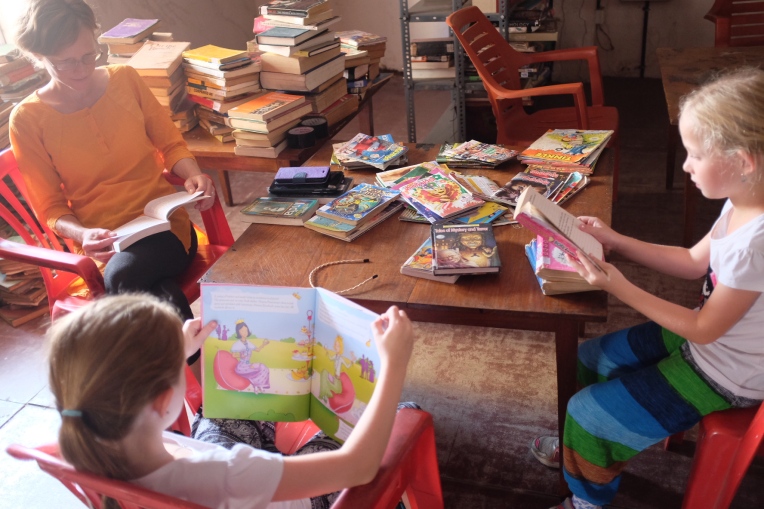
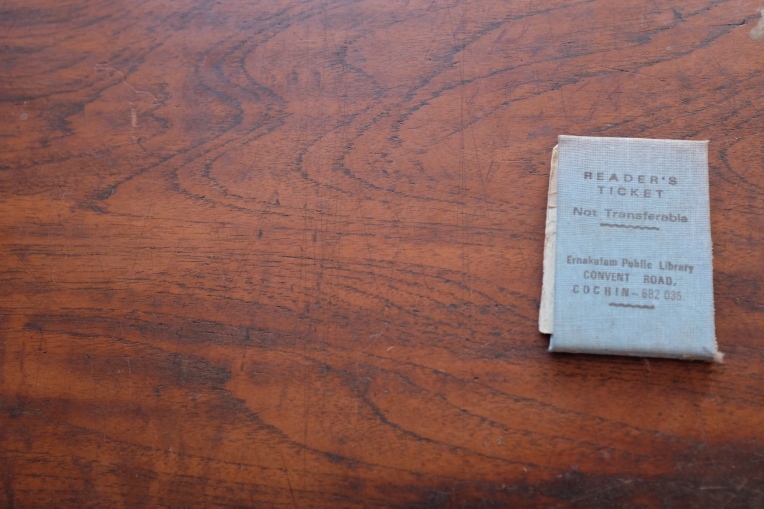
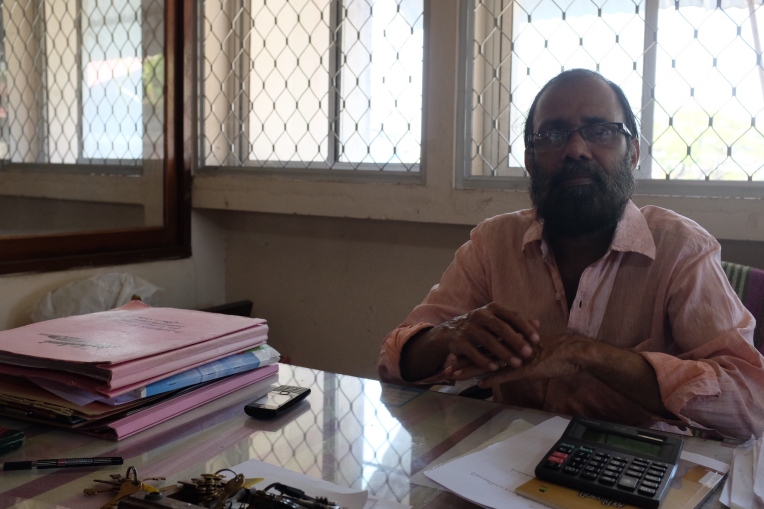
Fantastisk historie!
LikeLike
Flot.
LikeLike
Super interesting! Happy new year, Biggars!
LikeLike
This post is near and dear to my heart so I loved your explanation of the library system and the reading rooms. What a fantastic resource! Did they have The Globe & Mail? New York Times?
How nice that printed newspapers and magazines are thriving there. Did you offer them a subscription to the New Yorker?
Love the statistics on the linguistic composition of India. Makes me feel so Neanderthal!
LikeLike
Love the literary and language tours….:-) I remember biking in Vietnam and calling out what I thought was “hello” or “good day” ( in Vietnamese) to kids as I biked along. They would always giggle at me. Finally I learned that, because of the tonal thing, I was really saying something like “my mother has a fat cow”….or whatever! It must be nice for the girls to be able to grasp things in English now. Jenny on her way home today…..:-( She is excited to be seeing her housemates again – that is so nice for us to see. hugs, Mp
Mary Pat Armstrong 95A Roxborough St. E. Toronto, ON, M4W 1V9 416-922-4812 mary-pat-armstrong@rogers.com
LikeLike
Just love the photos of the library and reading room! I shudder at the organizational logistics … 200,000 books and 10,000 library members with reader’s tickets!!! The Jackman library is SO quiet in comparison!
LikeLike